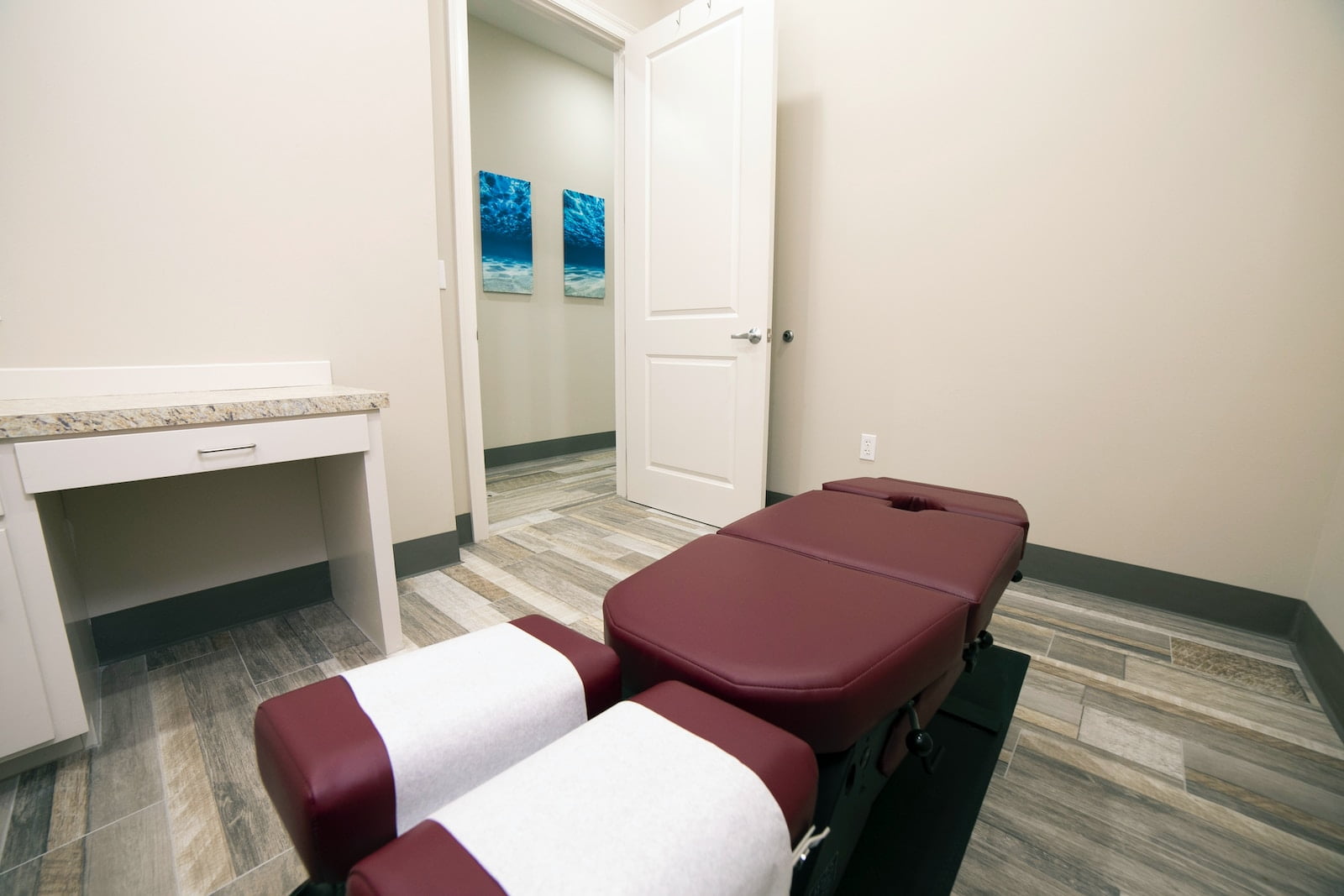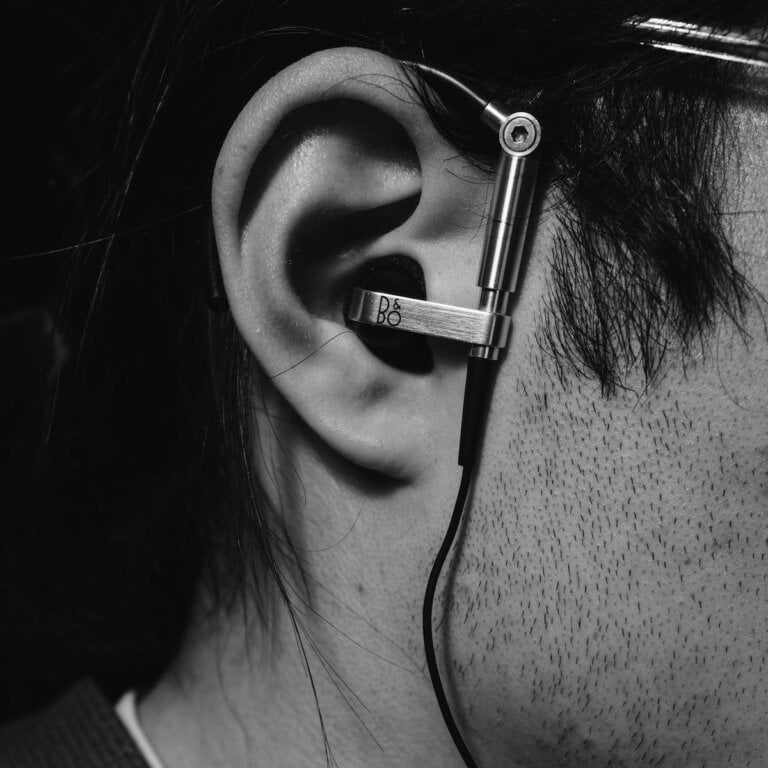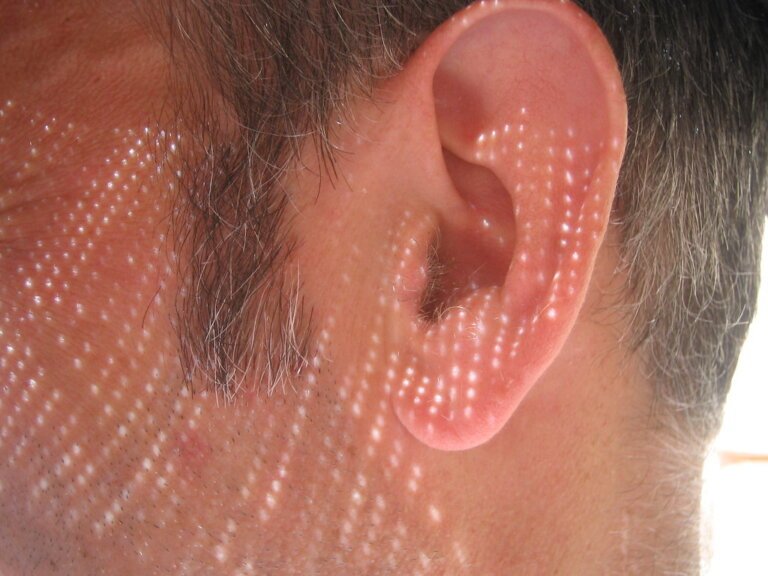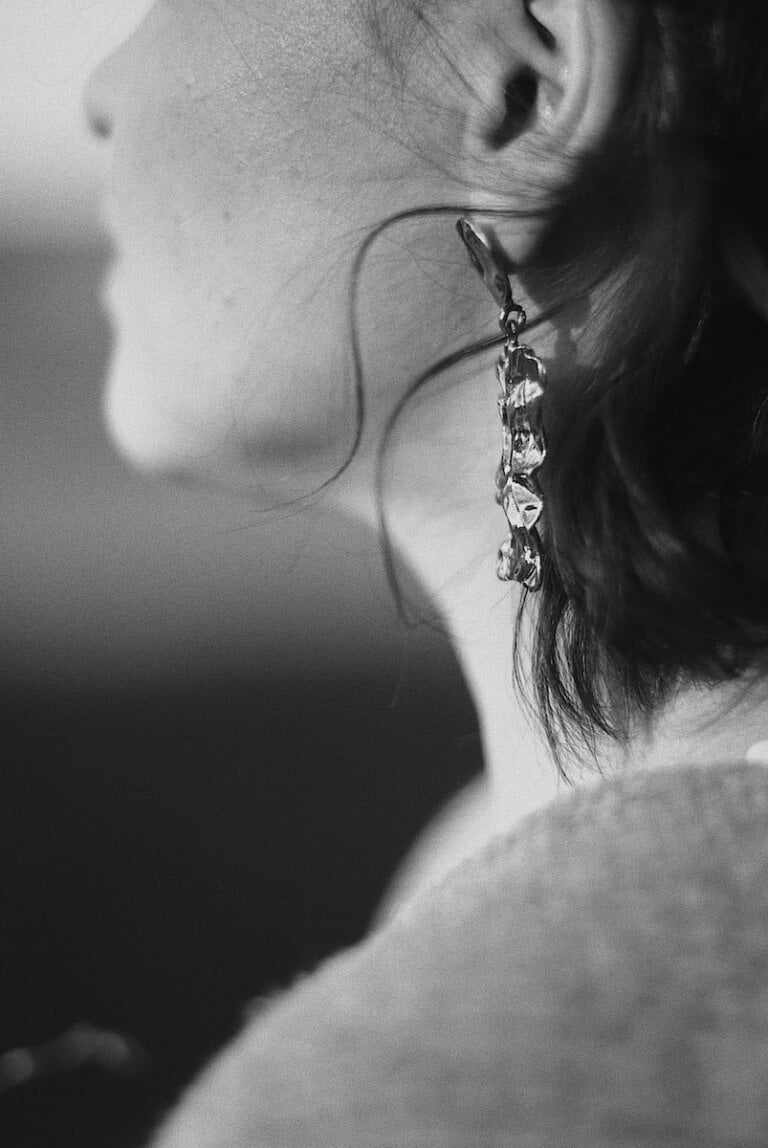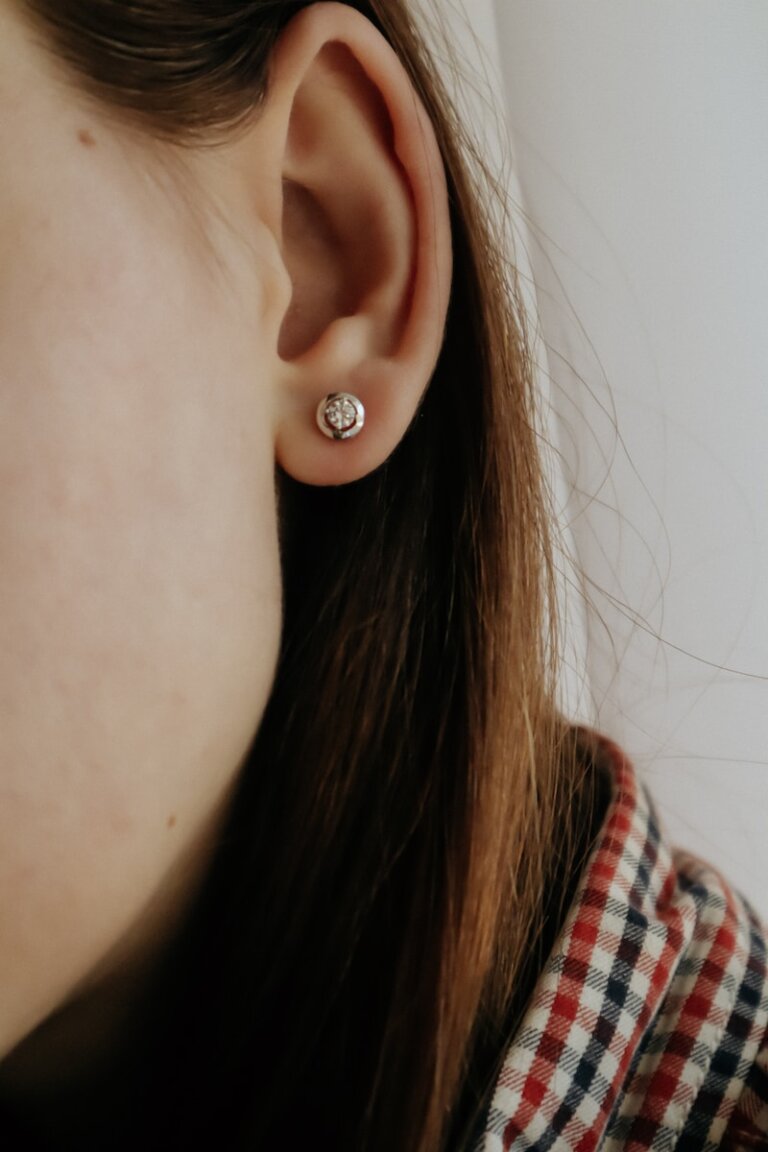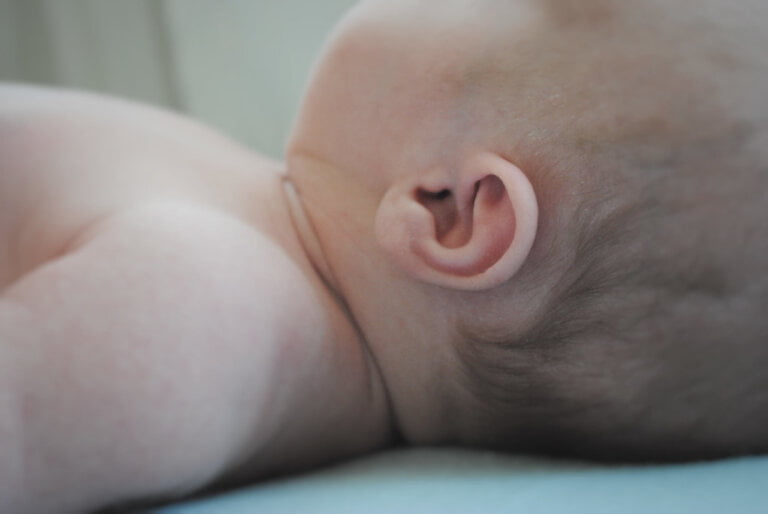Clearing the Air: Demystifying Microsuction for Ear Wax Removal
Introduction
Ear wax, a natural substance produced by the body, serves to protect and lubricate the ears. However, when ear wax accumulates excessively, it can cause discomfort, hearing loss, and other complications. To address this issue, many individuals are turning to microsuction for ear wax removal. In this article, we will delve into the details of microsuction, exploring its benefits, procedure, and why it is gaining popularity among those seeking relief from ear wax-related problems.
Understanding Ear Wax Build-up
Before delving into the specifics of microsuction, it is important to understand why ear wax builds up in the first place. Ear wax, also known as cerumen, is produced by glands in the outer ear canal. Its primary function is to trap dust, debris, and bacteria, preventing them from reaching the delicate structures of the middle and inner ear. Normally, the wax gradually moves towards the outer ear, where it dries up and falls out naturally.
However, there are various factors that can disrupt this natural process and lead to an excessive build-up of ear wax. These factors include:
- Narrow Ear Canals: Individuals with narrower ear canals are more prone to ear wax blockages. The narrowness of the ear canal can make it difficult for the wax to naturally move out of the ear.
- Excessive Ear Wax Production: Some people naturally produce more ear wax than others, making them more susceptible to blockages. This can be due to genetic factors or certain medical conditions.
- Improper Ear Cleaning: Using cotton swabs or other objects to clean the ears can actually push the wax deeper into the ear canal, causing a blockage. This is why it is important to avoid inserting anything into the ear canal.
- Hearing Aid Use: Hearing aids can interfere with the natural movement of ear wax, leading to blockages. It is important for individuals who use hearing aids to regularly monitor and manage their ear wax levels.
- Ear Infections: Certain ear infections can cause ear wax to become impacted. When the ear canal is inflamed or infected, it can disrupt the natural flow of ear wax, resulting in a blockage.
The Benefits of Microsuction
Microsuction is a safe and effective method of ear wax removal that offers several advantages over alternative techniques. Some key benefits of microsuction include:
- Non-Invasive: Unlike other methods like ear syringing, which involves the introduction of water or other liquids into the ear canal, microsuction is a non-invasive procedure. This makes it suitable for individuals with perforated eardrums or those prone to ear infections. The absence of water reduces the risk of infection and discomfort.
- Precision and Control: Microsuction utilizes a specialized suction device that allows the audiologist or healthcare professional to have precise control over the suction process. This ensures the removal of ear wax without causing damage to the ear canal or eardrum. The use of high-powered microscopes during microsuction enables healthcare professionals to visualize the ear canal and remove the wax safely.
- Immediate Relief: One of the major advantages of microsuction is the immediate relief it provides from symptoms associated with ear wax blockages, such as hearing loss, discomfort, and tinnitus. As the excess wax is removed, individuals often experience an improvement in their hearing and a reduction in associated symptoms.
- Enhanced Safety: Microsuction is a safe procedure when performed by qualified and experienced professionals. The use of specialized equipment and techniques minimizes the risk of accidental injury to the ear. The audiologist or healthcare professional performing the procedure has full visibility of the ear canal, allowing for a thorough and safe removal of the ear wax.
The Microsuction Procedure
Now let’s dive into the procedure itself. Microsuction is typically performed by audiologists or healthcare professionals who are trained in ear wax removal techniques. The procedure involves the following steps:
- Assessment: The audiologist will begin by examining the ear canal using an otoscope or a specialized microscope. This allows them to assess the severity of the ear wax blockage and determine the best approach for removal.
- Preparation: Before starting the microsuction, the audiologist may use olive oil ear drops or a similar solution to soften the ear wax. This helps make the removal process easier and less uncomfortable. Softening the wax also reduces the risk of injury to the ear canal during the procedure.
- Microsuction: The audiologist will then use a small, sterile suction device attached to a low-pressure suction machine. They carefully insert the suction probe into the ear canal and gradually remove the ear wax. The specialized suction device allows for precise control and gentle removal of the wax. The entire procedure is usually painless and can be completed within a few minutes.
- Post-Procedural Care: After the microsuction, the audiologist may provide advice on ear care and recommend follow-up appointments if necessary. It is important to follow any post-procedural instructions provided by the audiologist to ensure proper healing and to prevent the recurrence of ear wax build-up.
Precautions and Considerations
While microsuction is generally a safe procedure, it is important to keep a few precautions and considerations in mind:
- Expertise and Professionalism: It is crucial to seek microsuction services from qualified and experienced professionals. This ensures a safe and effective procedure. When choosing a healthcare professional, consider their qualifications, experience, and reputation in the field of ear wax removal.
- Medical Conditions: Individuals with certain medical conditions, such as a perforated eardrum or active ear infections, should inform the audiologist before undergoing microsuction. The presence of these conditions may require additional precautions or alternative treatment options.
- Discomfort or Pain: Although microsuction is generally well-tolerated, some individuals may experience mild discomfort or pain during the procedure. It is essential to communicate any discomfort to the audiologist immediately. They can make adjustments to ensure your comfort and safety during the procedure.
- Post-Procedure Care: Following the microsuction, it is advisable to avoid exposing the ears to excessive moisture or foreign objects for a few days. This helps prevent the recurrence of ear wax build-up and reduces the risk of infection. The audiologist may provide specific instructions on ear care and hygiene to follow after the procedure.
Conclusion
Microsuction is a highly effective and safe method for removing ear wax blockages. Its non-invasive nature, precision, immediate relief, and enhanced safety make it a popular choice among individuals seeking relief from discomfort and hearing loss caused by excessive ear wax. By understanding the benefits, procedure, and precautions associated with microsuction, individuals can make informed decisions when it comes to ear wax removal. If you are experiencing symptoms related to ear wax build-up, it is important to consult a qualified audiologist or healthcare professional to determine if microsuction is the right solution for you.
Note: This article is for informational purposes only and should not be considered medical advice. Always consult a healthcare professional for personalized guidance regarding your specific condition.
FAQ
1. What causes ear wax build-up?
Ear wax build-up can be caused by factors such as narrow ear canals, excessive ear wax production, improper ear cleaning, hearing aid use, and ear infections.
2. What are the benefits of microsuction for ear wax removal?
Microsuction offers several benefits including being non-invasive, providing precision and control, immediate relief from symptoms, and enhanced safety.
3. How is the microsuction procedure performed?
The microsuction procedure involves an assessment of the ear canal, preparation with ear drops to soften the wax, the use of a small suction device to gently remove the wax, and post-procedural care instructions.
4. What precautions should be taken with microsuction?
Precautions include seeking services from qualified professionals, informing about any medical conditions, communicating any discomfort during the procedure, and following post-procedure care instructions to prevent recurrence of ear wax build-up.

